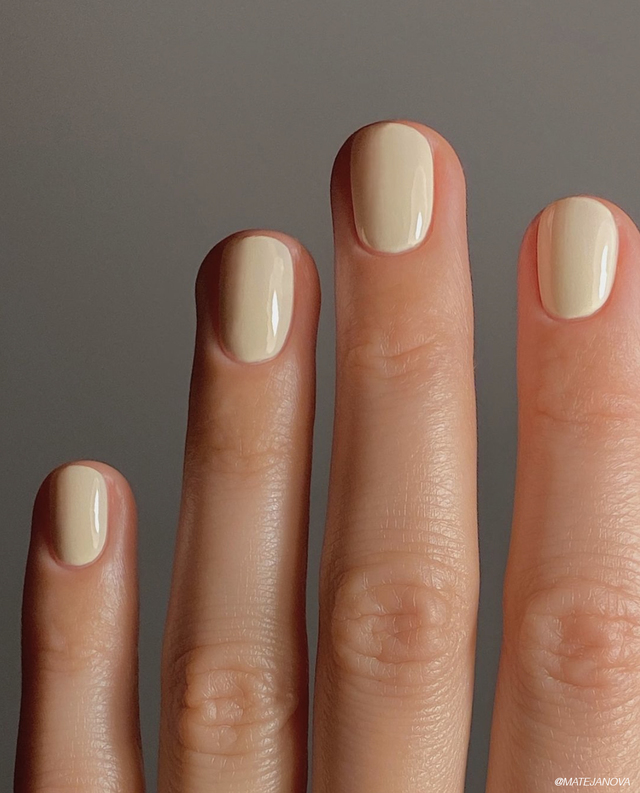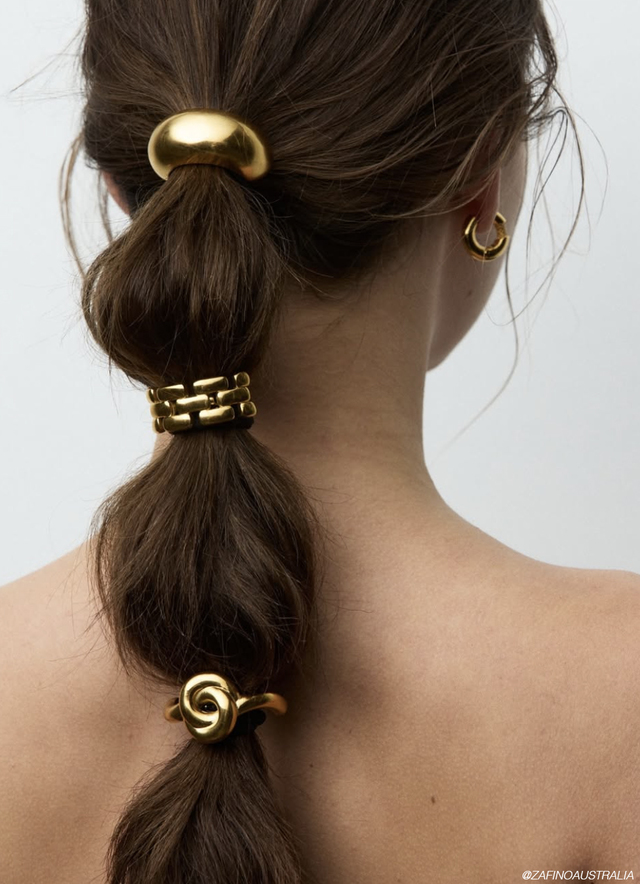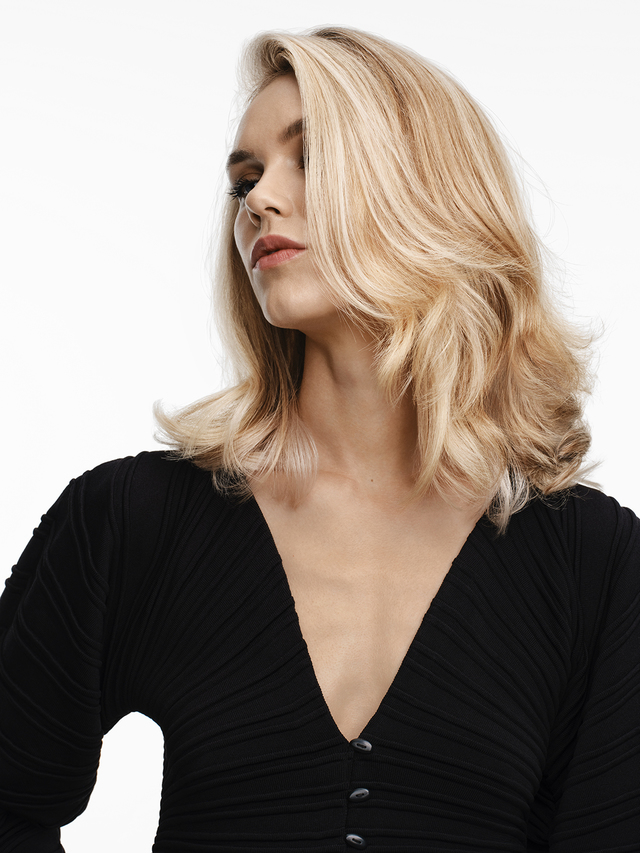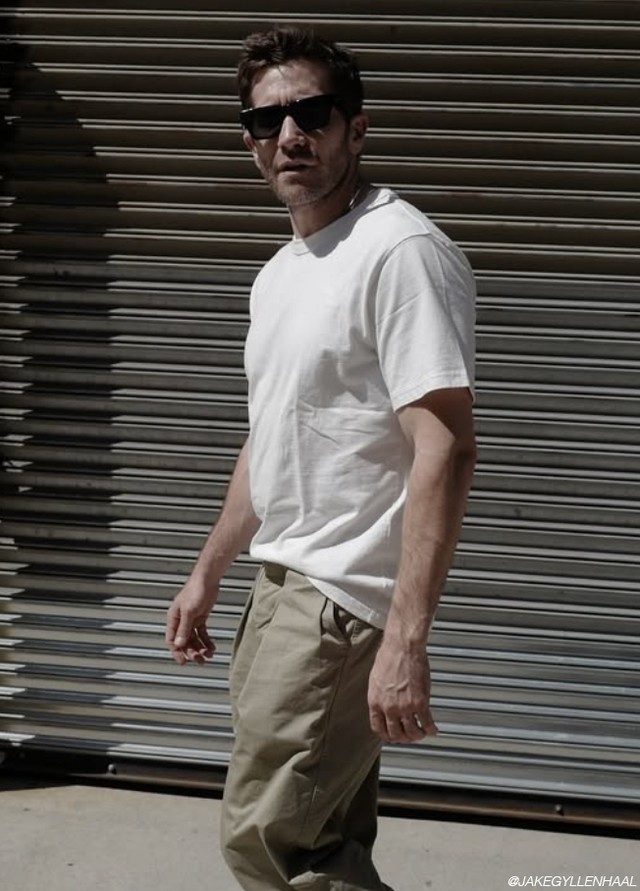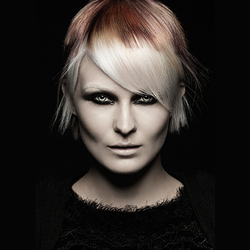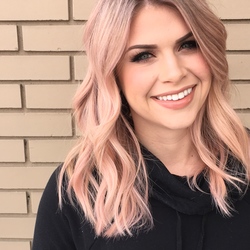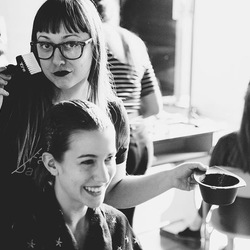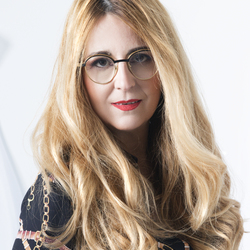Two words: Corrective Color. It can be the stuff of dreams or your worst nightmare, but one thing is for sure- perfecting your color correction game will make you the talk of the town and give you a new life-long client. So let’s break down the “what”, “how much”, and “when’s” of corrective color and to set up for success.
Classic Color or Corrective?
Corrective color has become a bit of a buzzword lately for any color with a substantial before and after, but how do we determine what is defined as a correction and what is just a big transition? History, history, history. A virgin level 4 asking for a platinum level 10 finish may be a long service, but it isn’t a color correction. On the other hand, a box dyed level 4 with banding asking to go icy level 10 blonde? Now that is corrective color.
Before You Begin
A thorough consult before even booking a new client is key for reserving enough time and setting realistic expectations. Clients like to feel empowered and informed, share your knowledge with them so they know why their color may take a little more effort to achieve than they may have thought.
Talk It Out
As stylists, we all know how crucial a strong consultation is, it serves as the blueprint for any service in the salon. Consultations give us access to all the information we need to set up a game plan and communicate that plan to our client. When will their goal be achievable and what are we going to do to get them there?
Always ask your clients these questions:
- What is your chemical hair history? Color, perms, keratins, even at-home direct dyes like Overtone or Splat will change how we approach any given service. As a rule of thumb, I ask for a year of history for every 6 inches on their head.
- What is your goal hair? What do you like about it? What do you not like about it? Do you style your hair like this?
- How often are you able to get your hair touched up?
- What type of products do you use at home, are you open to using specific products to help maintain your new color?
- Do you go to pools or into the ocean often?
When in doubt, do a strand test before assessing what is an attainable goal. Your client will appreciate the extra care you are taking to ensure the health of their hair and a beautiful outcome.
Let’s Talk Numbers
When it comes to true corrective colors it is always best to underpromise and overdeliver. Settle on a few realistic goals you can guarantee, that may mean an even canvas, cancelling out an unwanted tone, or breaking through some built up color. Whatever it may be, color correction is hard to place a timestamp on. While we may know a verbal history of the hair we cannot anticipate delays in lightening or any curve balls thrown our way so I prefer to charge by the hour for corrective services with a 3-hour minimum and avoid double-booking so the client has my full focus.
How Do You Calculate Your Hourly Rate?
Well, what do you typically make in a day in the salon? Divide that by how many hours you work and there is your hourly rate. You can also call local salons with similar pricing and find out what their hourly rate for a corrective color is so that you know a suitable range.
If your salon does not support an hourly rate you can always charge a la carte, but in that case, give the client a detailed robust quote before starting. Remember, your experience, knowledge, and skilled hands are worth every penny.
Stay tuned for Color Corrections 102 - The Why and The Who.
Written by: Nicoletta

